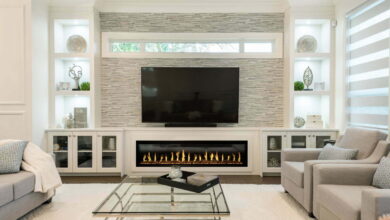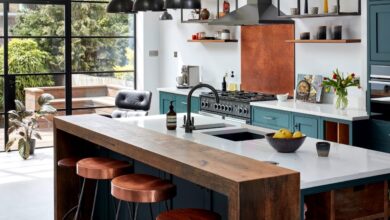Best Architectural Styles for Modern Residential Homes

When designing a home, style matters. But not just for how it looks-also for how it feels, functions, and adapts to the rhythms of everyday life. In 2025, homeowners are looking beyond fleeting trends, choosing architectural styles that reflect their values and enhance the character of their property.
Good residential architecture balances vision with practicality. Below are five styles that continue to shape London’s most considered homes – and how each one can be tailored to modern life.
Style One – Contemporary Minimalism
Defined by clean lines, open space and a restrained palette, contemporary minimalist homes remain a favourite. These spaces are calm, highly functional and lend themselves beautifully to natural light and glazing solutions.
But true minimalism takes discipline. The absence of ornament means every detail-from junctions to finishes-must be carefully resolved. It’s not about being cold or clinical, but creating spaces where materials and form speak for themselves.
Style Two – Modern Heritage
In many London boroughs, especially where conservation areas are involved, architectural interventions must respect the past. The modern heritage approach balances new and old-retaining original features while introducing bold, contrasting additions.
Think a brick rear extension with slimline glazing on a Victorian terrace, or a loft clad in zinc above a Georgian townhouse. This juxtaposition, done well, feels confident and rooted. Our role is to ensure the transitions are thoughtful and the spirit of the home is preserved.
Style Three – Mid-Century Warmth
Inspired by the post-war period, mid-century homes focus on natural materials, indoor-outdoor flow, and relaxed proportions. This style is experiencing a resurgence-not as retro, but as a foundation for sustainable, warm, and well-zoned living.
The use of timber, muted tones and smart geometry can work across both traditional and new-build properties. And when paired with high-performance materials, it delivers comfort without compromising energy standards.
Style Four – Industrial Refinement
Industrial elements-such as exposed steelwork, polished concrete, or Crittall-style glazing-continue to shape modern homes. But in 2025, we’re seeing a softer take: blending raw materials with texture, soft lighting and tactile finishes.
It’s particularly effective in basements, extensions, and lateral conversions where a sense of grounded robustness is desired. Key here is balance: bold gestures paired with calm interiors.
Style Five – Light-Filled Contemporary
Maximising light is a central aim of modern residential design. Large-scale glazing, open stairwells, and double-height voids are now commonplace-not just in new builds but in reconfigured period homes.
We use 3D modelling to explore how daylight moves through a space at different times of day, helping clients make informed decisions. The architectural language is clean, but never generic-tailored to context and client.
Armstrong Simmonds Architects are not tied to one particular style. Instead, they listen closely to each client, consider the setting, and propose a design language that elevates both. Whether contemporary, classic, or something in between, their approach helps turn a vision into a home that feels as good as it looks.
Explore their approach to high-quality residential design at Armstrong Simmonds Architects.





